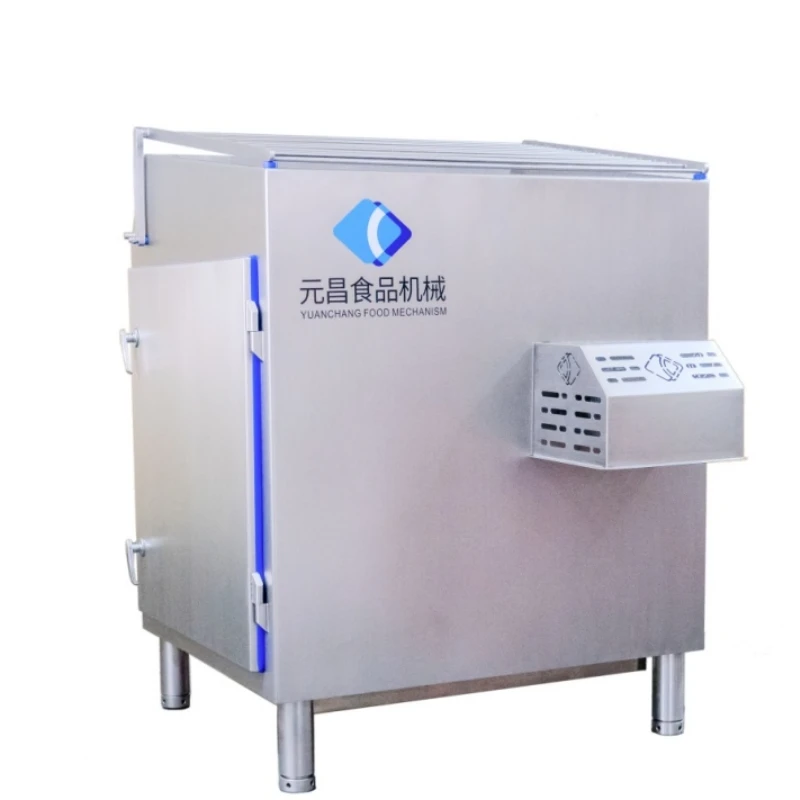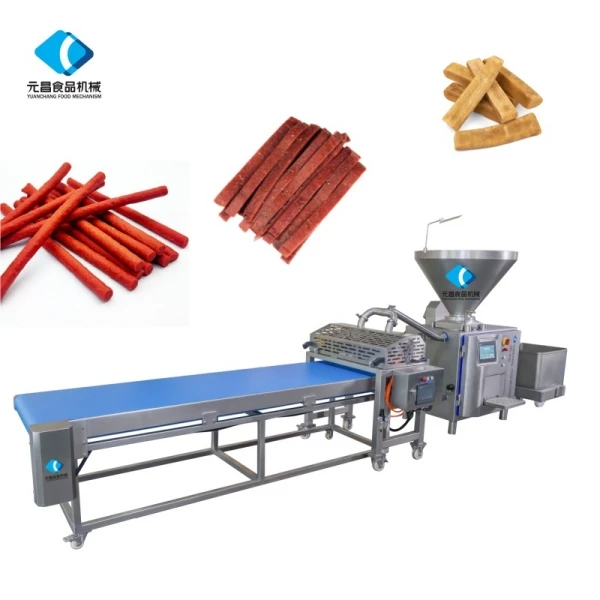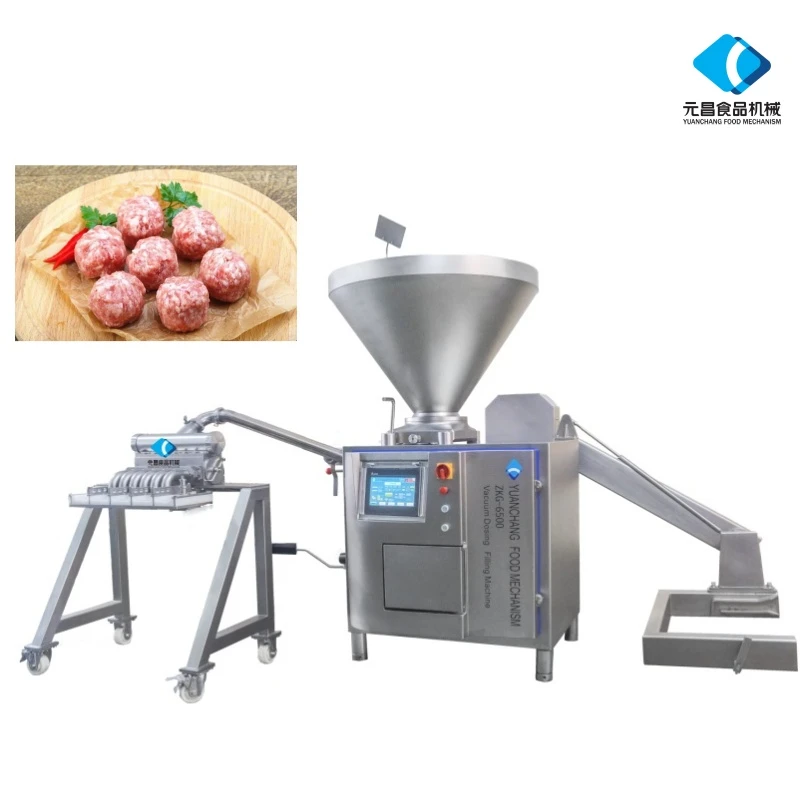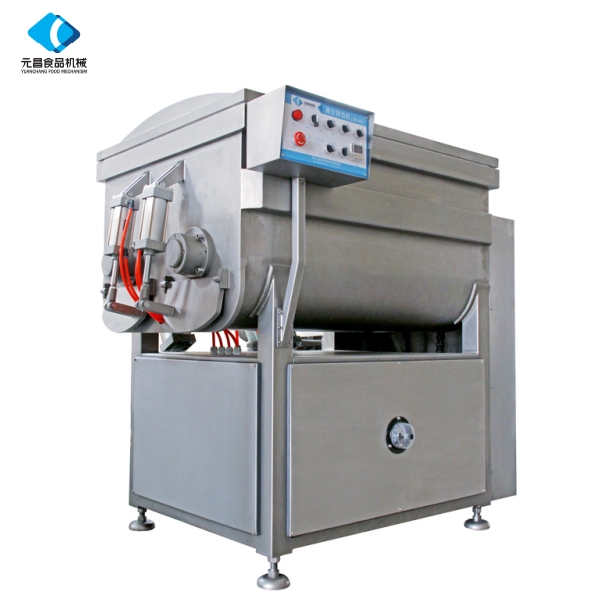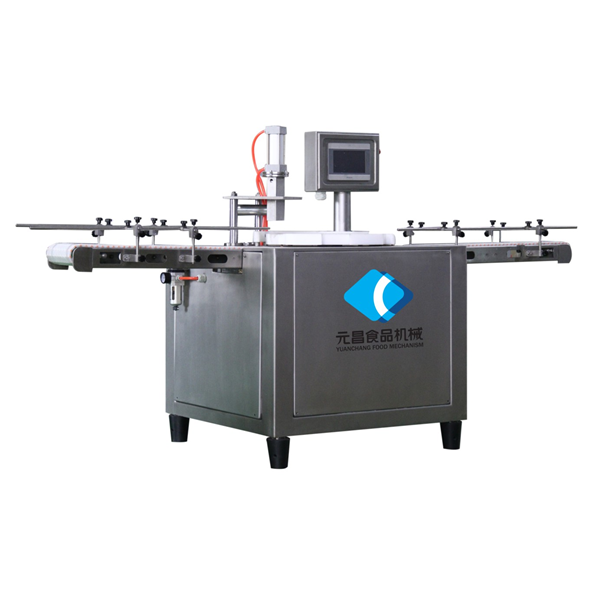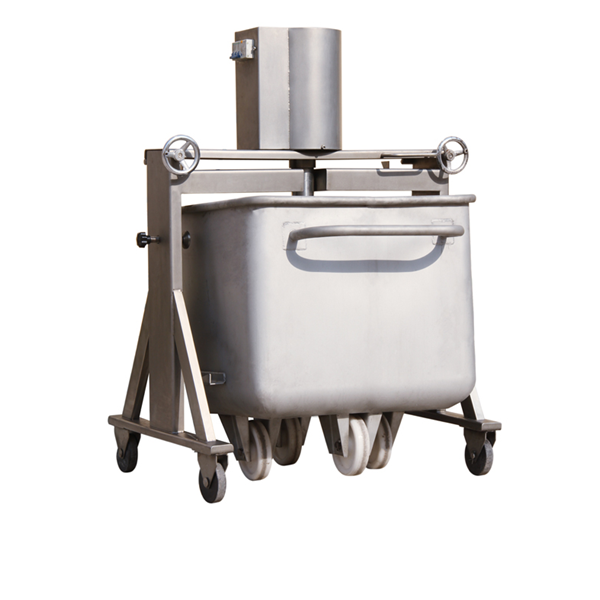- Afrikaans
- Albanian
- Amharic
- Arabic
- Armenian
- Azerbaijani
- Basque
- Belarusian
- Bengali
- Bosnian
- Bulgarian
- Catalan
- Cebuano
- chinese_simplified
- chinese_traditional
- Corsican
- Croatian
- Czech
- Danish
- Dutch
- English
- Esperanto
- Estonian
- Finnish
- French
- Frisian
- Galician
- Georgian
- German
- Greek
- Gujarati
- haitian_creole
- hausa
- hawaiian
- Hebrew
- Hindi
- Miao
- Hungarian
- Icelandic
- igbo
- Indonesian
- irish
- Italian
- Japanese
- Javanese
- Kannada
- kazakh
- Khmer
- Rwandese
- Korean
- Kurdish
- Kyrgyz
- Lao
- Latin
- Latvian
- Lithuanian
- Luxembourgish
- Macedonian
- Malgashi
- Malay
- Malayalam
- Maltese
- Maori
- Marathi
- Mongolian
- Myanmar
- Nepali
- Norwegian
- Norwegian
- Occitan
- Pashto
- Persian
- Polish
- Portuguese
- Punjabi
- Romanian
- Russian
- Samoan
- scottish-gaelic
- Serbian
- Sesotho
- Shona
- Sindhi
- Sinhala
- Slovak
- Slovenian
- Somali
- Spanish
- Sundanese
- Swahili
- Swedish
- Tagalog
- Tajik
- Tamil
- Tatar
- Telugu
- Thai
- Turkish
- Turkmen
- Ukrainian
- Urdu
- Uighur
- Uzbek
- Vietnamese
- Welsh
- Bantu
- Yiddish
- Yoruba
- Zulu
Premium Meat Extruder Machine High Efficiency & Precision Food Processing
Key discussion points in this article:
- Understanding modern extrusion technology fundamentals
- Critical engineering advantages driving efficiency
- Objective analysis of leading manufacturers
- Customization options for specialized production
- Industry applications achieving measurable results
- Process optimization techniques and maintenance
- Selection methodology for operational excellence
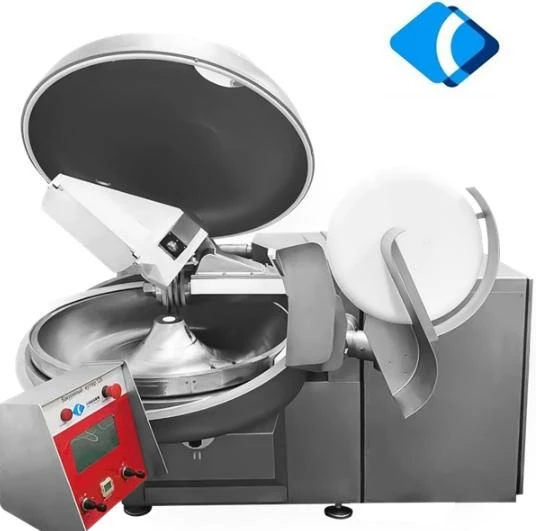
(meat extruder machine)
The Revolution of Meat Extruder Machines in Modern Food Production
Advanced protein processing demands innovative solutions. Industrial meat extrusion systems transform texture and structure through precise thermo-mechanical processes. These units apply controlled pressure and temperature profiles to protein matrices, enabling manufacturers to develop fibrous meat analogues with unprecedented accuracy. The fundamental physics involves starch gelatinization and protein alignment achieved through specialized screw configurations rotating at 120-500 RPM. Modern co-extrusion capabilities simultaneously process multiple ingredients through concentric dies at outputs up to 2,500kg/hour.
Performance Advantages Driving Operational Efficiency
Contemporary meat extruder machine
s feature integrated PLC systems controlling parameters within ±0.5°C temperature accuracy and ±1% moisture variation. Twin-screw extruders now achieve 98% uptime through self-wiping screw designs, reducing cleaning cycles by 45% compared to conventional models. Energy efficiency ratings show 18-22% reductions in power consumption versus decade-old systems, while automated quality sensors continuously monitor product density within 5g/cm³ tolerance. Co-extruder configurations enable layered product structures with precision material deposition down to 0.2mm resolution.
Manufacturer Technology Comparison Analysis
| Manufacturer | Output Capacity | Moisture Range | Precision (µm) | Energy Rating | Smart Sensors |
|---|---|---|---|---|---|
| HighTech Extrusion Systems | 800-1,200kg/h | 30-70% | ±25 | Class AA | NIR, X-ray |
| Precision FoodTech Co. | 500-2,500kg/h | 25-75% | ±15 | Class AAA | Hyperspectral |
| Global Extrusion Solutions | 350-1,800kg/h | 40-80% | ±40 | Class A | Laser Density |
Custom Solutions for Specialized Production Requirements
Leading manufacturers now offer modular components that adapt to specific production parameters. Variable-flight screws accommodate viscosity changes across diverse protein sources with switching times under 30 minutes. For co-extruded products, customizable die configurations achieve multi-layered structures ranging from 5mm to 150mm diameters. Specialized options include steam-lock zones for moisture retention up to 92% and venting sections reducing residual volatiles by 78%. All components meet NSF/3-A Sanitary Standards with validation documentation.
Application Case Studies Demonstrating Industry Impact
A European manufacturer achieved 65% production cost reduction by implementing precision meat extruders for chicken analogue lines, increasing throughput to 950kg/h while cutting waste streams from 18% to 4.2%. Alternative protein producers utilizing co-extruders report texture improvement scores increasing by 48% on TPA (Texture Profile Analysis) scales. North American processors documented 14-month ROI after retrofitting extrusion lines with advanced barrel cooling systems that eliminated thermal degradation issues affecting 19% of production batches.
Operational Optimization Strategies and Maintenance Protocols
Optimal screw configurations vary by protein content: plant-based isolates typically require L/D ratios between 28:1 to 32:1, while insect proteins perform optimally at 25:1. Barrel temperature zoning should maintain gradient differentials below 15°C between adjacent sections to prevent thermal shock. Preventative maintenance protocols include quarterly screw wear inspections detecting dimensional changes beyond 150µm tolerance and barrel alignment checks within 0.01mm specifications. Food-grade lubricants applied every 400 operating hours extend component lifespans by 70% compared to standard industrial greases.
Selecting Meat Extruder Equipment for Manufacturing Excellence
When evaluating meat extruder equipment, manufacturers should assess five critical dimensions: extrusion force capabilities exceeding 15kN, torque consistency within ±2% during variable feed conditions, stainless steel composition verifying Grade 316L certification, automation interface compatibility with existing MES, and sanitary design verification by third-party auditors. Leading co-extruder models incorporate self-diagnosing AI platforms that reduce operational downtime by 63% through predictive component failure alerts. Food processors report 26% higher product consistency indices when implementing multi-variable extrusion control systems.

(meat extruder machine)
FAQS on meat extruder machine
Q: What is a meat extruder machine?
Q: What is a meat extruder machine?
A: A meat extruder machine is specialized food processing equipment that shapes and forms ground meat products using pressure and custom dies. It automates the production of items like sausages, nuggets, and plant-based meat alternatives with precise consistency. This technology replaces manual shaping for high-volume manufacturing needs.
Q: How does a co-extruder benefit meat production?
Q: How does a co-extruder benefit meat production?
A: A co-extruder allows simultaneous extrusion of multiple ingredients or layers in meat products, like stuffed sausages or dual-texture items. It enables complex fillings, sauces, or coatings to be integrated directly during shaping, boosting efficiency. This innovation enhances product variety while reducing separate processing steps.
Q: What types of products can a meat extruder create?
Q: What types of products can a meat extruder create?
A: Meat extruders efficiently produce items like structured protein snacks, imitation crab sticks, shaped burgers, and plant-based meat analogs. They handle both traditional meats and alternative proteins like soy or pea blends. Final shapes range from tubes and patties to intricate 3D forms using customizable dies.
Q: What maintenance does a commercial meat extruder require?
Q: What maintenance does a commercial meat extruder require?
A: Daily cleaning of augers, barrels, and dies is essential to prevent bacterial buildup. Lubricating moving parts weekly ensures smooth operation and minimizes wear. Quarterly inspections of motors, seals, and cutting systems maintain peak performance and compliance with food safety standards.
Q: Can meat extruders handle plant-based proteins?
Q: Can meat extruders handle plant-based proteins?
A: Yes, modern meat extruder machines efficiently process plant-based proteins like soy, wheat gluten, and pea isolates. They replicate the fibrous texture of animal meat through controlled thermal and mechanical shear. This versatility supports hybrid production lines for both traditional and alternative meat products.
-
Top Meat Injection Machine for Precision Marinating & EfficiencyNewsJun.05,2025
-
Heavy-Duty Meat Mixer Fast, Efficient Blending for All MeatsNewsJun.05,2025
-
High-Speed Automatic Chicken Deboning Machine 50kg/hrNewsJun.05,2025
-
Premium Sausage Filling Machines Automatic & EfficientNewsJun.05,2025
-
Top Vegan Food Meat Substitute Tasty Plant-Based Protein!NewsJun.04,2025
-
Advanced Denester Machine Efficient Nest Removal for IndustryNewsJun.04,2025



